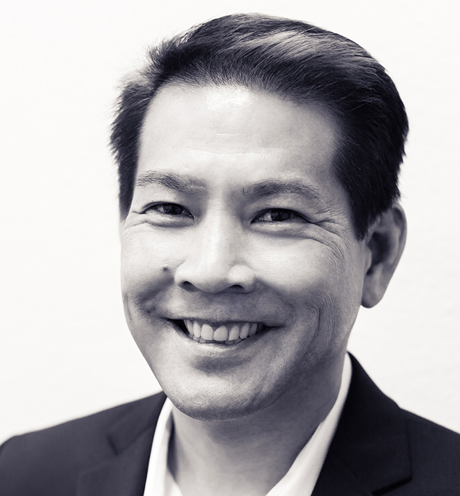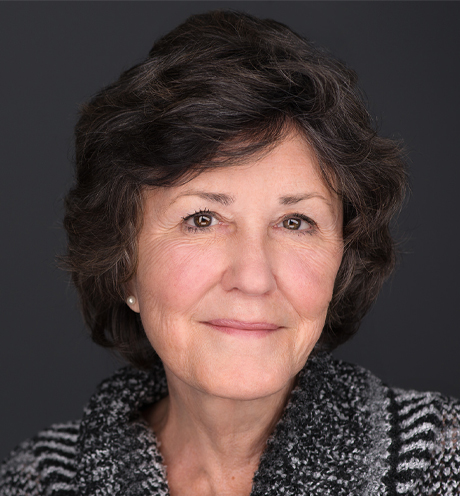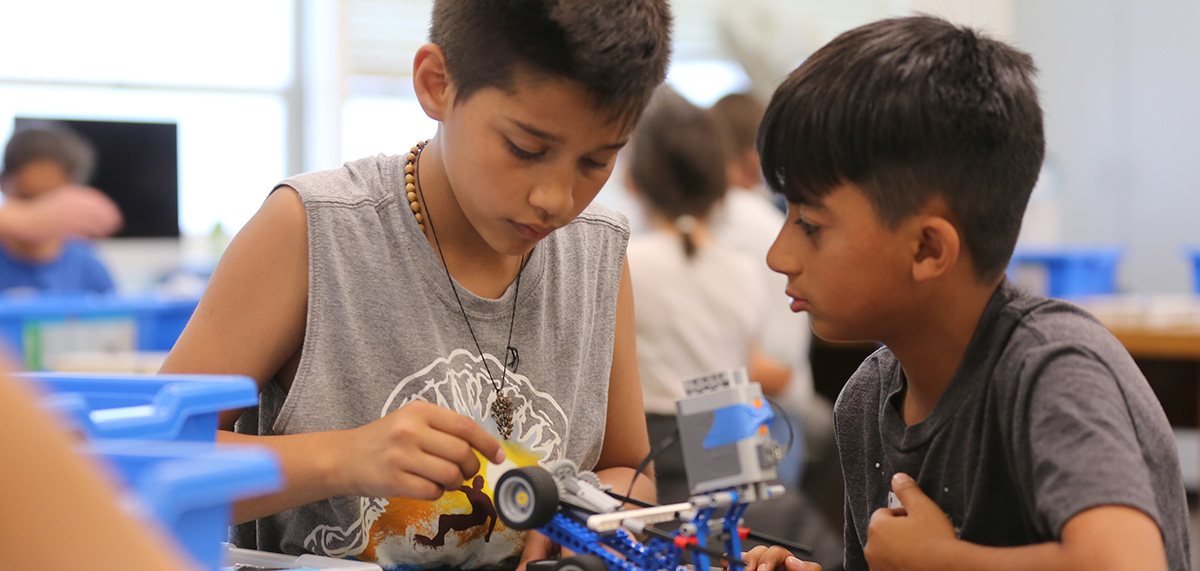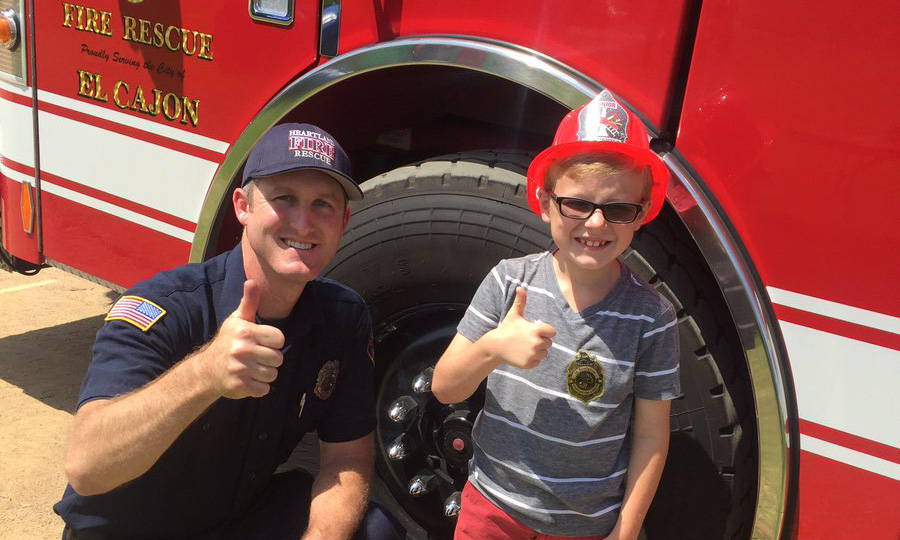

n the Cajon Valley Union School District — a wonderfully diverse school district that serves a socioeconomic population with nearly two-thirds of families living in or nearly in poverty — high-skill, high-wage jobs in the community often go unfilled. Across the nation, school districts are experiencing a similar landscape. It’s a troubling pattern raising some tough questions for schools about what they can do to help shift this alarming trend.
A clear path and supportive resources can help all kids become productive members of society and participants in the economy. In order for children to thrive as people and eventual leaders in their communities, they must have the knowledge and skills to exercise agency as they grow to adulthood. Their success in life should include a range of measures including career, personal fulfillment, good mental and physical health, and a feeling of belonging in their communities. If kids know themselves, know their options and can make informed choices, they will be well-positioned to pursue and achieve their dreams, wherever they may lead.
In 2016, Cajon Valley Union SD, which serves 17,000 students in elementary and middle schools in San Diego County, faced this critical issue head on. The district and its partners worked to design and implement a program called World of Work, or WoW, to transform its students’ educational experiences and expose them to careers they likely didn’t even know existed. This was a first major step toward aligning what students learn in school with what they need as graduates to prepare for the real world.
WoW is a comprehensive program designed to empower every student to explore, identify and exercise their individual strengths, interests and values. Students who experience WoW — starting in kindergarten — gain exposure to and develop an understanding of up to 78 career options by the time they graduate from high school.

- explore a career,
- get hands-on experience through related activities,
- meet a professional in the space, and
- practice workforce skills through projects, play or volunteer work.
Cajon Valley Union SD has established partnerships across education and workforce communities to offer students real-life content and career experiences. Through the San Diego Workforce Partnership and with technology partners, students connect with professionals both locally and through virtual field trips. They are able to ask questions about the field, hear stories about a typical day on the job and learn about the best education path to pursue for each career. Industry leaders also inform the curriculum and training to ensure that instruction is aligned to today’s fast-changing economy.
Since using the program, Cajon Valley Union SD staff have seen a significant increase in student self-awareness. When students have a greater understanding of themselves and the world around them, they can make informed choices in all aspects of their life. Their understanding and articulation of potential work pathways and the many avenues they can explore to achieve career aspirations is an added benefit. The WoW program helps students decide which high school courses they must take to reach their goals, how much investment they should expect to make in higher education and what type of credentials they will need to attain their dream job. WoW has been implemented in 27 schools across the district over the past two years. It has attracted international attention from educators and workforce development professionals who embrace the program’s focus on early exposure and self-awareness aligned to career paths.
“I am extremely proud of the work that we have done in Cajon Valley; it takes visionary leadership and a committed board to take the leap from the status quo to invest in our students’ future,” said Tamara Otero, Cajon Valley Union SD board President and CSBA Vice President.
Over the next three years, three San Diego-area districts (Grossmont Union High School, La Mesa-Spring Valley Schools and Vista Unified School District), with funding support from American Student Assistance, will work together to expand WoW across 38 additional schools. The program will serve more than 33,000 students, in addition to the more than 17,000 already exposed to the program in Cajon Valley. More than 1,700 teachers will receive training to implement WoW in their classrooms and the University of San Diego’s Jacobs Institute for Innovation in Education will conduct a study of the short- and long-term benefits of this strategic expansion.

There is an appetite for innovative programs in California and across the nation. Organizations like ASA, which is committed to ensuring students have the opportunity to explore careers and education pathways before they graduate from high school, are eager to bring effective programs to more students. Partnerships like these — between school districts, community groups and national organizations — help to bring together the expertise, insights and support needed to execute programs like WoW. Together, education partners can empower students and shine a light on their future.
David Miyashiro is superintendent of the Cajon Valley Union School District. He was named 2016 Superintendent of the Year by the Association of California School Administrators Region 18.
Jean Eddy is the President and CEO of American Student Assistance, a national nonprofit committed to helping kids — as early as middle school — know themselves and their options so they can make informed choices about their education and career goals.